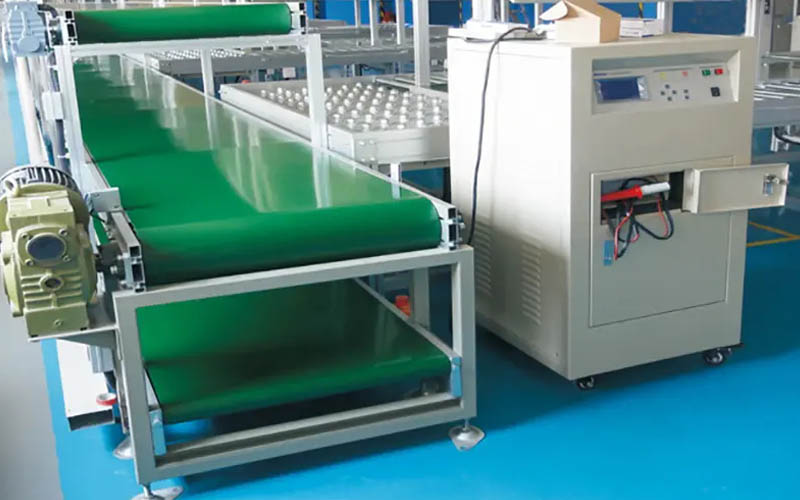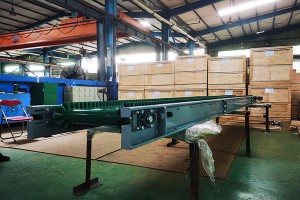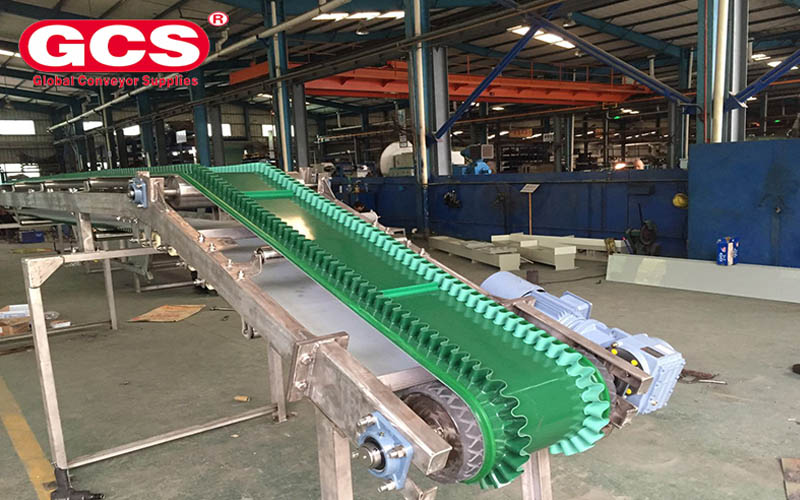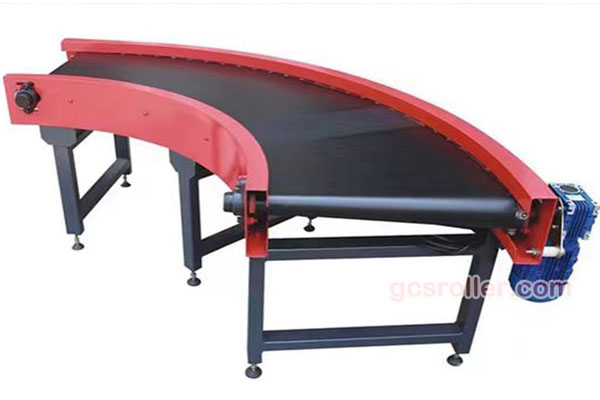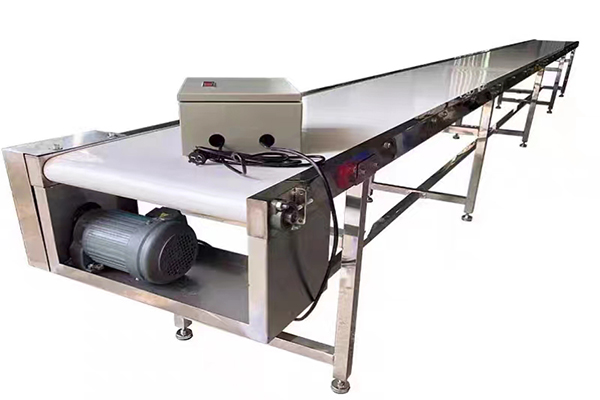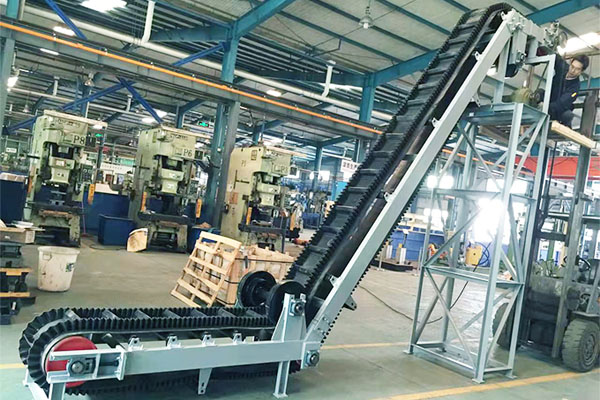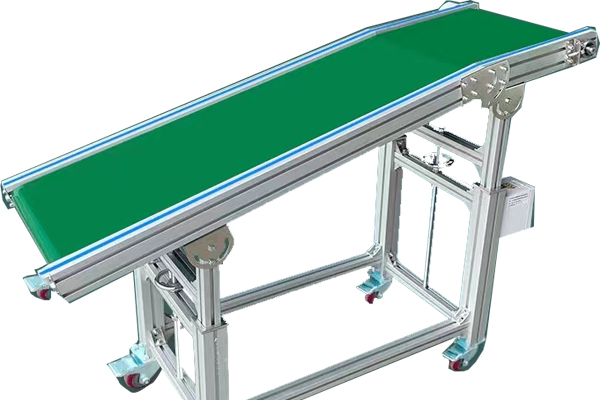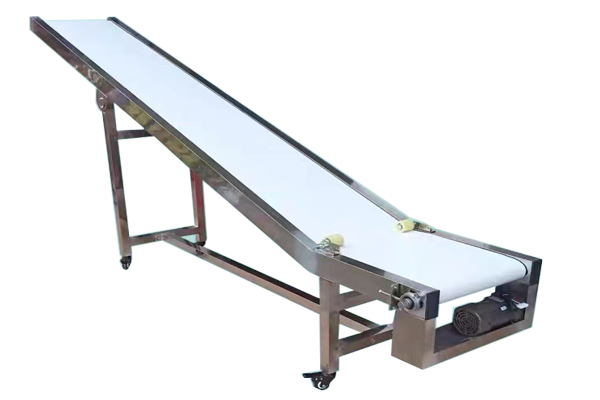Belt Conveyors
GCS is the leading provider of custom bulk conveying systems. We offer belt conveyors for a wide range of bulk handling applications.
The right bulk material handling system can add automation and fluidity to any application. We offer a diverse range of optional equipment to complement our conveying systems in order to provide you with a complete system designed to handle your specific material. Belt trippers, weighing units, delumpers, reclaiming equipment, loading shelters and load out systems for trucks, rail cars, and barges are all available.
All GCS belt conveyors and conveyor systems are engineered around your unique application to ensure the best bulk handling solution possible.

Belt conveyors are suitable for transporting a wide range of items and are one of the most versatile types of conveyors available
When to use a belt conveyor...
Since belts are flat surfaces, the size of the product doesn't matter and belt conveyors can easily transport small items or loose materials.
One thing to consider, however, is that sharp or extremely heavy items may damage the belt.
Very heavy items may also cause problems with a standard belt conveyor and although heavy-duty belts can be used, for basic product transport a roller conveyor is often more cost-effective when necessary.
Choosing the Right Belt Conveyor
In mining, and other industries, as well as in everyday life, belt conveyor systems are an integral part of continuous material handling.
Environmentally friendly conveying principles due to efficient energy demands, large parameter ranges, and transportation of bulk materials with different properties and grain sizes, very high operational reliability, safety, and system availability are only some of the reasons for the increasing demand for belt conveyors.
Whether stationary or mobile, standalone or as part of a complex installation – We have suitable conveyor systems with a proven track record of outstanding performance for every application.
Belt Conveyor Solutions Across Industries
In virtually every industry, conveyors are a valuable asset that improves efficiency, precision, and production. GCS is one of the most adaptive and innovative conveyor manufacturers in the world, offering various types of conveyor belt solutions for applications in a range of industries, including the following.
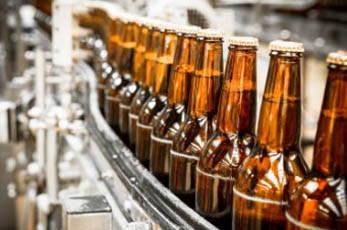
Food Processing & Food Handling
When operating in the food processing, handling, and packaging industry, it is crucial to utilize a food grade conveyor belt wherever a conveying solution is required. At GCS, we specialize in a number of food-safe conveyors.

Industrial
In industrial and manufacturing environments, conveyor belts can make efficient use of space, improving productivity and ensuring worker safety.

Distribution / Airport
In an industry where moving product and people is top of mind, GCS works behind the scenes to ensure packages and baggage conveyors keep moving along with them.
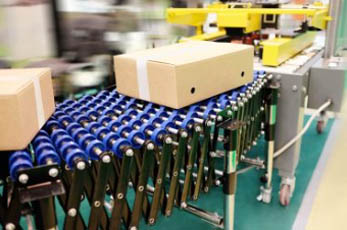
Commerce & Business
Conveyors can help you improve commercial processes in warehouses that sort and ship a variety of products.
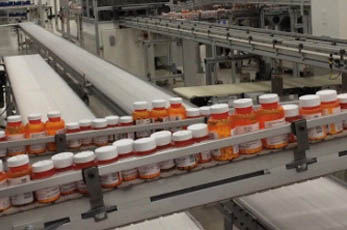
Healthcare
We manufacture a number of cleanroom-certified conveyors suitable for a range of applications in manufacturing healthcare-related goods.

Recycling
Avoid bottlenecks and delays when you partner with the qualified technicians at GCS.
Conveyor Manufacturer
GCS designs and manufactures Belt Conveyors to meet the needs of many industries, such as Chemical, Minerals Processing, Food, Wood Products and Wastewater Treatment. GCS Belt Conveyors are custom designed for your application based on proven industry standards. Bulk material characteristics, feed-rate, loading requirements and temperature are some of the parameters that we consider when designing belt conveyors.
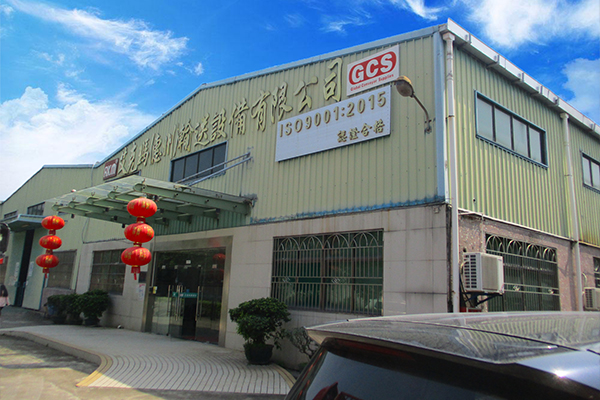
GCS company
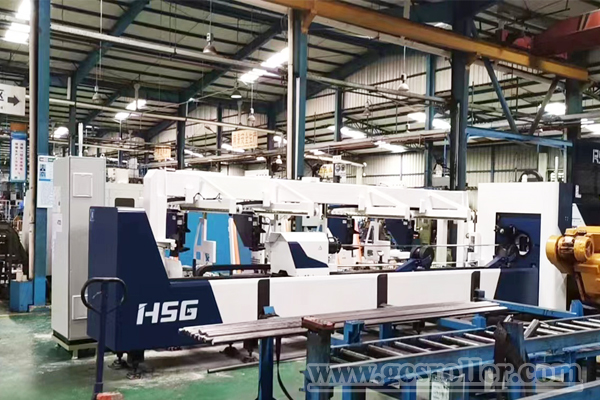
Production workshop
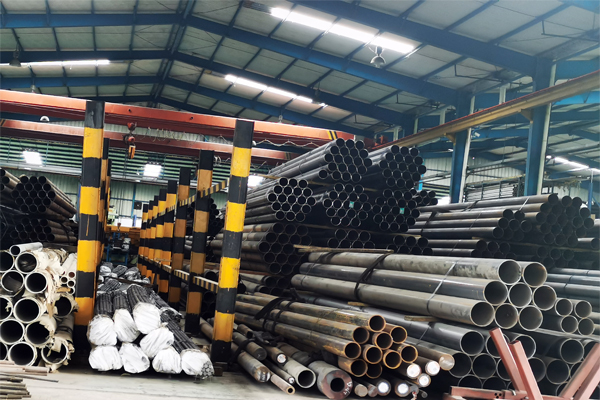
Raw material warehouse
Belt Conveyors for Industrial and Warehouse Applications
A belt conveyor system can be implemented with a very economical cost per foot of the conveyor for many warehouse and industrial applications. Because it includes just one motor and a simple belt system they are quite simple. Hence they’re often one of the first productivity improvement purchases that a growing company will make. Although there are many belt conveyor types, the simplest style is known as a slider bed style. When linked together with sensors and other automation equipment a conveyor belt system can greatly enhance productivity.
The weakness for them though is that generally they are only used for transport applications. This means that the belt conveyor equipment just moves the product from point A to point B. This may be sufficient, but a belt conveyor cannot typically buffer or accumulate the parts. Nor are they typically used as a working surface for production team members. As one of the leading belt conveyor manufacturers, GCS can guide you through the pros and cons of the different types of belt conveyors. We’ll also help you compare if another different type of conveyor would be a better choice.
Advantages of Using Belt Conveyors
1. Ideal For Conveying A Wide Variety Of Bulk Materials – From Sluggish To Free Flowing And Small To Large Lump Size.
2. Able To Handle Large Conveying Capacities – Up To 50,000 Cubic Feet Per Hour.
3. Can Be Used To Convey Bulk Materials Horizontally Or On An Incline.
4. Horsepower Requirements Are Much Lower When Compared To Other Types Of Conveyors.
Styles Available in Custom Configurations:
Depending upon the product weight and type, we have many different types of powered belt style conveyors. The styles are available for handling the loads with product weights from 5 lbs. up to 1,280 lbs.
Heavy Duty models with channel frames
Belt curves
Incline style
Troughed belt (with side rails to keep products on the belt)
Bolt-together or welded construction dependent upon duty
Belt widths up to 72” for heavy duty
Lengths in 1’ increments ranging from 5’ to 102’
Multiple drive packages and mounting options
Power Belt Curves and Belt Inclines available
Various head pulley and tail pulley sizes and styles available
Frequently asked questions about belt conveyors
A belt conveyor is a system designed to transport or move physical items like materials, goods, even people from one point to another. Unlike other conveying means that employ chains, spirals, hydraulics, etc., belt conveyors will move the items using a belt. It involves a loop of a flexible material stretched between rollers that are actuated by an electrical motor.
Because the items being transported vary in nature, the belt material also varies by the system it is employed in. It commonly comes as a polymer or a rubber belt.
A belt conveyor can move light loads.
It is characterized by the type of conveyor belt used (material, texture, thickness, width) and by the position of the motor unit (on the end, central, left, right, underneath, etc.). Some conveyor belts are designed to withstand very high temperatures. Rigid acetal belts can carry heavier loads.
Unlike roller conveyors, belt conveyors can transport both bulk and packaged products.
There are several types of belt conveyors:
Smooth belt conveyors: These conveyors are a classic staple for most conveying applications. Parts, individual packages and bulk goods are transported by means of a conveyor belt.
Modular belt conveyor: modular belt conveyors are a middle range between belt conveyors and chain conveyors. A modular belt consists of individual plastic modules, usually connected to each other by hinges. The materials of a modular belt are more resistant and can be used to convey heavy and abrasive parts, as well as hot or sharp-edged parts. Unlike chain conveyors, the modular belt conveyor’s design means that it requires less maintenance (it is very easy to clean) and links can be replaced quickly and easily. It is also technically simpler to implement.
There are also hinged belt conveyors, metal belt conveyors etc.
Conveyor belts have a wide range of applications across industries. These include:
Mining Industry
Bulk handling
Processing plants
Taking ores from the shaft to the ground level
Automotive Industry
Assembly line conveyors
CNC machines’ scrap conveyors
Transport and Courier Industry
Baggage handling conveyors at airports
Packaging conveyors at courier dispatch
Retailing Industry
Warehouse packaging
Till point conveyors
Other conveyor applications are:
Food handling industries for grading and packaging
Power generation conveying coal to the boilers
Civil and construction as escalators
The advantages of belt conveyors include:
It is a cheap way of moving materials over long distances
It doesn’t degrade the product being conveyed
Loading can be done at any place along the belt.
With trippers, the belts can offload at any point in the line.
They do not produce as much noise as their alternatives.
Products can be weighed at any point in the conveyor
They can have long operating times can even work for months without stopping
Can be designed to be mobile as well as stationary.
Have less dangerous hazards to human injury
Low Maintenance costs
The causes of this would include:
Material building upon the idlers or something causing the idlers to stick
Idlers no longer run square to the path of the conveyor.
Conveyor frame tilted, crocked, or no longer level.
Belt was not spliced squarely.
Belt is not loaded equally, probably loaded off-center.
The causes of this would include:
Traction is poor between belt and pulley
Idlers stuck or not rotating freely
Worn out pulley legging (the shell around the pulley that helps increase friction).
The causes of this would include:
Belt tensioner is too tight
Belt material selection not done properly, probably “under belted”
Conveyor counterweight is too heavy
The gap between idler rolls is too long
The causes of this would include:
Belt is loaded off-center
High impact of material on the belt
Belt running against conveyor structure
Material Spillage
Material is trapped between belt and pulley

